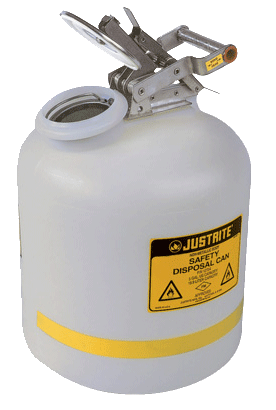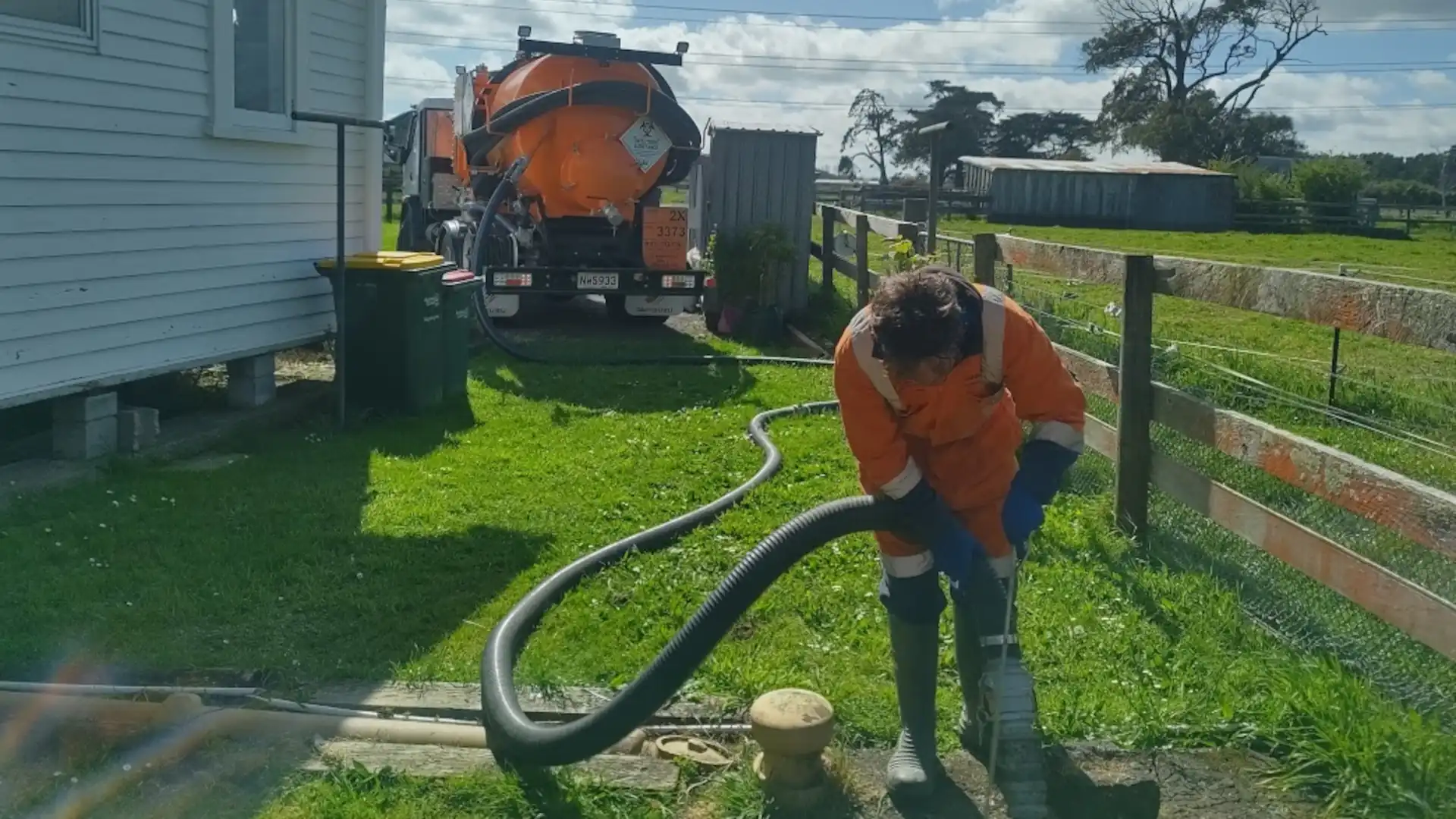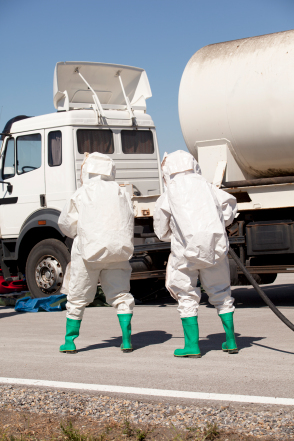Specialist Liquid Waste Removal Melbourne: Quick and Budget Friendly Solutions
Specialist Liquid Waste Removal Melbourne: Quick and Budget Friendly Solutions
Blog Article
Just How Fluid Waste Disposal Works: A Thorough Review of Techniques and Technologies Utilized

Summary of Liquid Waste Kind
The intricacy of fluid waste types requires a detailed understanding of their qualities and ramifications for disposal. Liquid waste can broadly be categorized right into numerous kinds, including commercial, municipal, agricultural, and contaminated materials. Each classification displays distinctive residential or commercial properties, needing certain management approaches to minimize ecological and health threats.
Industrial liquid waste originates from producing processes and commonly contains a series of impurities, such as heavy steels, solvents, and natural compounds. Local liquid waste, primarily making up wastewater from houses and business establishments, has raw material, nutrients, and virus (industrial wastewater treatment). Agricultural liquid waste, consisting of runoff from farms, may contain fertilizers, chemicals, and pet waste, posing dangers to water high quality and communities
Hazardous liquid waste is identified by its toxicity, sensitivity, or prospective to trigger harm. Understanding these varied liquid waste kinds is important for developing effective disposal approaches and ensuring compliance with environmental laws.
Physical Therapy Techniques

Screening is the preliminary action, where bigger bits and particles are eliminated from the liquid waste utilizing displays or grates. This procedure protects downstream tools from damages and ensures smoother procedure. Complying with testing, sedimentation uses gravitational pressure to different solids from fluids. In sedimentation containers, heavier particles resolve at the bottom, forming a sludge layer, while the clarified liquid can be more treated.
Filtration is an additional important technique that entails passing the fluid via permeable materials, such as sand or membrane layers, to record smaller particles. This action boosts the top quality of the fluid, making it ideal for subsequent therapy procedures.

Chemical Therapy Strategies
Chemical therapy strategies are necessary for efficiently taking care of fluid waste, especially in resolving liquified and colloidal contaminants that physical approaches may not effectively remove. These methods make use of various chemical representatives to reduce the effects of, speed up, or change hazardous compounds into less hazardous kinds.
One common technique is coagulation and flocculation, where chemicals such as alum or ferric chloride are contributed to advertise the aggregation of put on hold fragments. This process enhances sedimentation, enabling much easier elimination of the resulting sludge. Furthermore, oxidation procedures, employing representatives like chlorine or ozone, are utilized to damage down intricate natural substances and microorganisms, rendering the waste more secure for discharge or more treatment.
Neutralization is one more important technique, which changes the pH of acidic or alkaline waste streams to neutral levels, preventing prospective damage to downstream systems and anonymous the environment. In addition, advanced oxidation processes (AOPs) use mixes of oxidants and ultraviolet light to degrade persistent toxins, achieving a higher level of treatment efficiency.
Biological Treatment Processes
Biological treatment procedures play an important duty in the management of liquid waste by making use of microorganisms to disintegrate organic matter and lower impurity levels. These procedures can be generally classified into anaerobic and cardio therapies, each employing details microbial areas to attain reliable waste deterioration.
Aerobic therapy involves using oxygen to assist in the failure of organic products by germs. This process is frequently executed in triggered sludge systems, where aeration storage tanks supply a conducive atmosphere for microbial growth, resulting in the oxidation of organic contaminants. The resultant biomass can be divided from dealt with effluent through sedimentation.
In contrast, anaerobic treatment happens in the lack of oxygen, depending on different microorganisms to damage down natural issue. This technique is particularly useful for high-strength waste, as it generates biogas, a renewable resource resource, while reducing sludge production. Technologies such as anaerobic digesters are frequently utilized in industrial and municipal applications.
Both anaerobic and cardio organic treatments not just lessen the ecological impact of liquid waste yet also assist in source healing, making them vital parts of sustainable waste monitoring strategies. Their efficiency, performance, and adaptability support their prevalent implementation throughout different sectors.
Arising Technologies in Disposal
Innovative approaches to liquid garbage disposal are rapidly developing, driven by developments in modern technology and a boosting emphasis on sustainability. Amongst these emerging modern technologies, membrane layer bioreactors (MBRs) have actually gotten grip for their ability to integrate biological treatment with membrane layer filtration, leading to top notch effluent that can be recycled in different applications. MBRs enable smaller impacts and more reliable procedures compared to traditional systems.
One more promising advancement is using anaerobic food digestion integrated with nutrient recuperation innovations, which not just treats liquid waste yet likewise produces biogas and recovers useful nutrients like nitrogen and phosphorus. This dual benefit improves source performance and minimizes environmental influence.
Furthermore, advanced oxidation browse around this site procedures (AOPs) are being adopted for the deterioration of intricate natural pollutants. These methods make use of effective oxidants and catalysts to break down contaminants at the molecular degree, using an extremely effective service for challenging waste streams.
In addition, the integration of expert system and artificial intelligence in waste monitoring systems is optimizing operational performance and anticipating upkeep, resulting in reduced prices and improved environmental compliance. These modern technologies mirror a significant shift in the direction of more efficient and lasting liquid waste disposal practices.
Conclusion
To conclude, effective fluid waste disposal requires a comprehensive understanding of different techniques and innovations. The combination of physical, chemical, and biological therapy approaches guarantees the reliable administration of diverse waste kinds. Additionally, the development of innovative technologies improves therapy effectiveness and advertises sustainability see here in waste administration practices. By constantly progressing these methodologies, it becomes feasible to deal with the growing obstacles connected with fluid waste, inevitably adding to environmental management and source recuperation.
Liquid waste disposal is an essential element of ecological monitoring, calling for an extensive understanding of different techniques and innovations customized to different waste kinds. Fluid waste can generally be categorized right into numerous types, consisting of commercial, community, farming, and dangerous waste. Agricultural liquid waste, consisting of runoff from farms, may consist of fertilizers, chemicals, and animal waste, presenting dangers to water high quality and ecosystems.
Numerous physical therapy approaches play an important duty in managing liquid waste properly - industrial wastewater treatment.In conclusion, efficient liquid waste disposal necessitates an extensive understanding of various strategies and technologies
Report this page